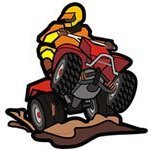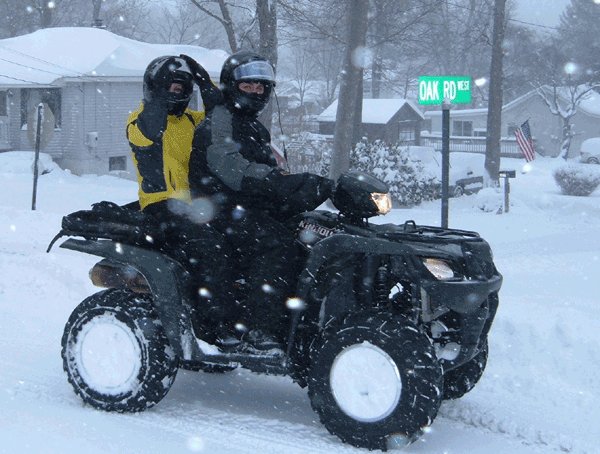Lakota 300 / Bayou 300 crankcase breather tube
-
Similar Forum Topics
-
By Gwbarm
Does anyone have a recommendation of a really Heavy Duty ATV cover. I have bought several and they do keep the water off somewhat, but they are very thin and do not contour with the shape very well and water pools up in the rack louvers. I think i may be looking for a heavy canvas one, if anyone has a recommendation it would be greatly appreciated.
-
By ATVNetwork
As the 2025 ATV Motocross National Championship Series (ATVMX), an AMA National Championship, got underway with back-to-back Florida AMA Pro only events, it was evident that Phoenix Racing Yamaha’s Joel Hetrick picked up where he left off last season.View the full article
-
By DPDISXR4Ti
I hadn't driven my Kodiak for a two months, and since it was low on fuel, the first thing I did was filled it up to maybe 7/8 full. Getting ready to start it, I rotated the fuel selector switch to "on" and within seconds I smelled and saw fuel dripping onto the floor. I quickly turned it off and the fuel gradually stopped - I can repeat this.
The fuel is flowing from the hose that is connected to the bottom of the carb, and routes around to the left side toward the wheel well. Any idea what's going on here? It ran fine the last time I had it out.
Thanks...
-
By Ajmboy
View File 1986-2006 Kawasaki Bayou 300 service manual
This service manual is for a 1986-2006 Kawasaki Bayou 300.
Adding to downloads library.
Submitter Ajmboy Submitted 05/11/2018 Category Kawasaki ATV
-
-
By mmikesell
First post here need some help/advice. I bought a 2001 king quad 300, vin number JSAAK43A212111871. I have been trying to do some basic maintenance as it runs but doesn't idle all that well . I want to take out and clean/repair the carb but when looking for parts it ask for model X Y K1 K2. How do I know which model I have? I have tried some vin decoders but they haven't told me. If anyone could recommend a carb rebuild kit for my quad Id appreciate it. Also any tips on tracking down an owners manual?
-






Recommended Posts
Join the conversation
You can post now and register later. If you have an account, sign in now to post with your account.
Note: Your post will require moderator approval before it will be visible.